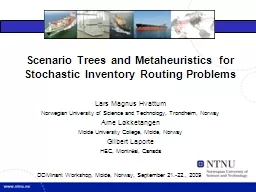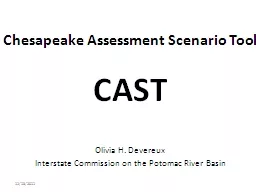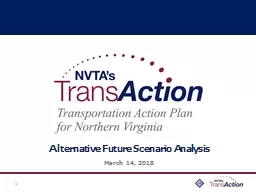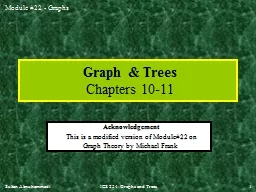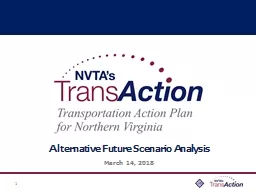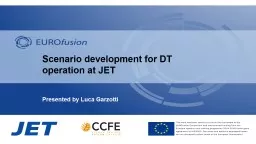PPT-Scenario Trees and
Author : briana-ranney | Published Date : 2017-01-13
Metaheuristics for Stochastic Inventory Routing Problems DOMinant Workshop Molde Norway September 2122 2009 Lars Magnus Hvattum Norwegian University of Science
Presentation Embed Code
Download Presentation
Download Presentation The PPT/PDF document "Scenario Trees and" is the property of its rightful owner. Permission is granted to download and print the materials on this website for personal, non-commercial use only, and to display it on your personal computer provided you do not modify the materials and that you retain all copyright notices contained in the materials. By downloading content from our website, you accept the terms of this agreement.
Scenario Trees and: Transcript
Download Rules Of Document
"Scenario Trees and"The content belongs to its owner. You may download and print it for personal use, without modification, and keep all copyright notices. By downloading, you agree to these terms.
Related Documents

